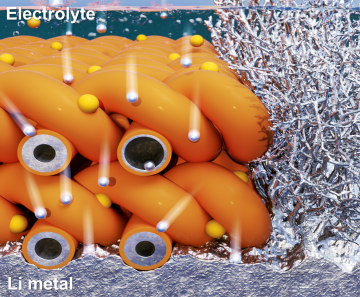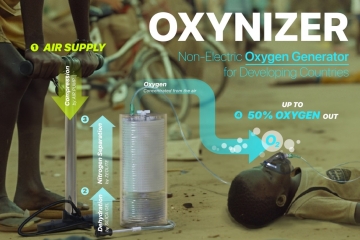KAIST
BREAKTHROUGHS
Research Webzine of the KAIST College of Engineering since 2014
Spring 2025 Vol. 24A new three-channel single-crystal dispersion interferometer enables measurements of abrupt and large changes in electron density – contributing to mitigate plasma disruptions in fusion reactors.

Plasma disruptions in a nuclear fusion device are phenomena in which the energy stored in the plasma is released abruptly, potentially causing damage to the fusion device. Therefore, future commercial fusion reactors must be able to mitigate plasma disruptions. For such a purpose, the International Thermonuclear Experimental Reactor (ITER) experiment is developing a technique using shattered pellet injections (SPIs). However, for SPI plasmas, measuring the electron density using 10.6 μm wavelength interferometers, typically employed in the fusion field, is very difficult. Therefore, Mr. Dong-Guen Lee (PhD student) on Professor Young-Chul Ghim’s team in the Department of Nuclear and Quantum Engineering, together with the Korea Institute of Fusion Energy, has developed and installed a dispersion interferometer using a 1064 nm wavelength to diagnose abrupt and large changes in the electron density.
Specifically, they developed a single-crystal dispersion interferometer (SCDI) that uses only one nonlinear crystal (Fig. 1), improving upon existing dispersion interferometers that required two nonlinear crystals, which made installation difficult. Over the last couple of years, they have successfully measured the electron density of SPI plasmas, previously not measurable by heterodyne interferometers using a 10.6 μm wavelength (Fig. 2).


This research was published in the January 2024 issue of Nuclear Fusion (Dong-Geun Lee et al. 2024 Nucl. Fusion 64 016024). The developed single-crystal dispersion interferometer measures the electron density in the core and edge regions of KSTAR simultaneously. This is expected to contribute further to the study on plasma disruption mitigation and fusion research given the ability of this advance to measure how the electron density changes spatially due to SPI.
Most Popular

When and why do graph neural networks become powerful?
Read more
Smart Warnings: LLM-enabled personalized driver assistance
Read more
Extending the lifespan of next-generation lithium metal batteries with water
Read more
Professor Ki-Uk Kyung’s research team develops soft shape-morphing actuator capable of rapid 3D transformations
Read more
Oxynizer: Non-electric oxygen generator for developing countries
Read more